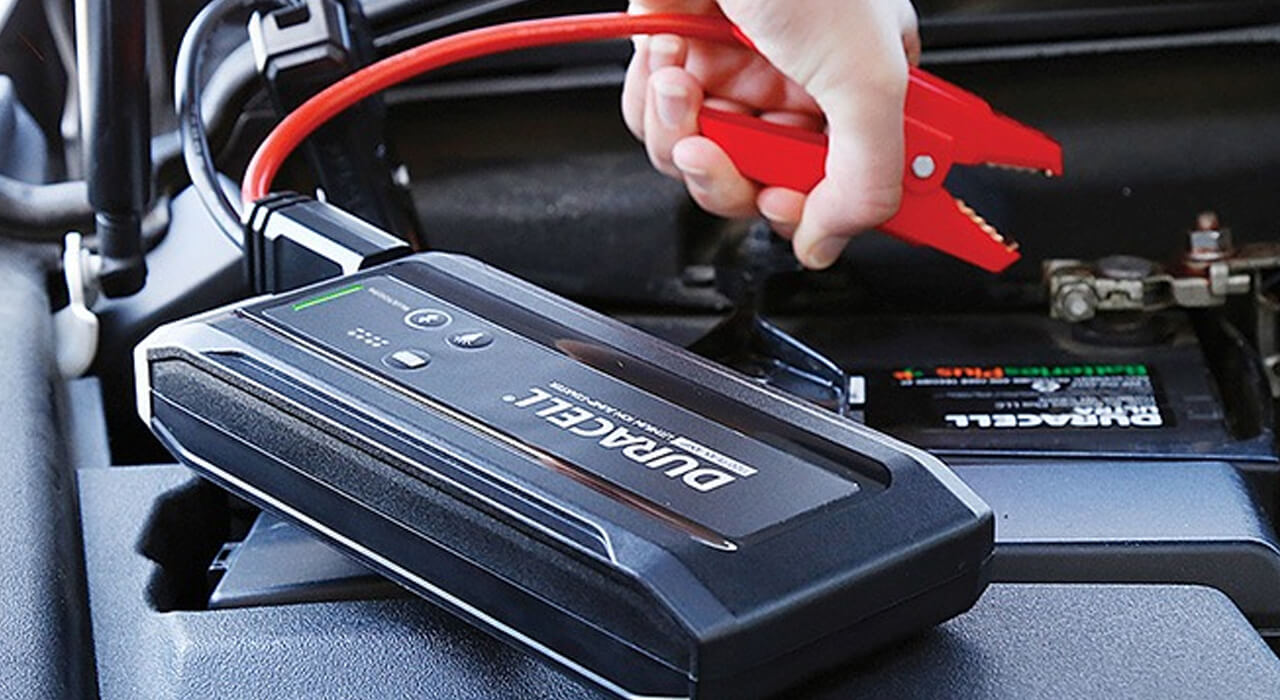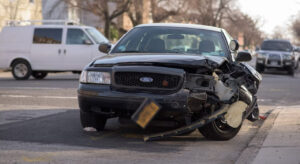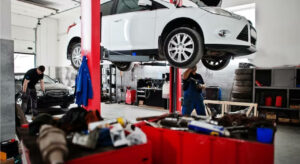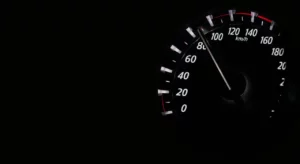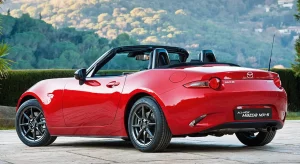A jump starter is a portable device. It is used to jump-start a dead automobile battery. It is also called the ‘Jump box’. It is used in a vehicle to supply a burst of power to the battery and provide the necessary energy to start the engine.
Jump starters are not a mandatory tool for an automobile but it holds significant importance for a car engine. If you have a portable jump starter in your car, it will help you to start your vehicle even if the battery is dead. A jump starter can be your savior in emergency situations such as your car engine suddenly stopping in the middle of a journey. Rather than waiting for a tow truck or relying on the kindness of strangers, always keep a jump starter in your car. It enables you to resume your journey on the road quickly and safely.
However, using a jump starter is crucial and risky sometimes. So it’s important that you remember some safety precautions before using one. The safety precautions for using a jump starter include wearing protective eye goggles and rubber hand gloves to electric shock.
In this article, we will enlighten you on how you can use a jump starter and other relevant activities about it.
Preparing to Use a Jump Starter
Regular Jump starters and Type jump starters are essential tools for starting a dead or weak car battery. Before using a jump starter, you must take preparations properly. Doing will ensure your safety and the proper use of the jump starter. Here are some steps to make preparation for using a jump starter:
Charging the jump starter
First, you must charge the jump starter fully and properly before using it. If you don’t charge the jump starter fully, it will not be able to supply the engine with the required power.
Identifying the location of the car battery
Then, identify the location of the car battery. Usually, the battery of a car is located inside its engine compartment. Look for a black box with two terminals on top (positive and negative) that are connected to the car’s electrical system.
Understanding the polarity of the battery
Usually, car batteries have two terminals marked with plus (+) and minus (-) signs. They indicate the polarity of the battery. The positive terminal is usually covered with a red plastic cap.
And the negative terminal is covered with a black plastic cap. It is recommended to ensure that the jump starter cables are connected to the correct terminals. If you connect them incorrectly, it can cause damage to the battery or the jump starter.
Using a Jump Starter
After you have prepared properly, you can now go for the main process of using a heavy-duty jump starter.
Gather necessary tools and take safety precautions
Wear eye protection goggles before using a jump starter. Try to keep a safe distance from the battery. Gather necessary tools like jumper cables, screwdrivers, and other automobiles.
Position the jump starter
Firstly, you have to make sure the jump starter is turned off. Then, position it near the vehicle with the dead battery.
You have to keep the jump starter at a distance from the engine and any moving parts.
Connect the jump starter
Now attach the red positive (+) clamp of the jump starter to the positive terminal of the dead battery. After that, attach the jump starter’s black negative (-) clamp to a metal part of the engine or the car’s frame.
You have to make sure that each clamp is securely attached. The clamps must not touch each other.
Turn on the jump starter
After you have connected the jumper cables, you have to turn on the jump starter. Then, wait a few minutes for the battery to charge. Some jump starters come with a ‘boost’ mode that gives the battery an instant burst of power.
Also Read: Can You Cancel Car Insurance At Any Time? Read Our Experts Guide
Start the car
When the battery gets charged for a few minutes, try to start the car. If you see the car start, you have to let it run for a few minutes. Then you can remove the jump starter.
Tips for a successful jump start
- Always ensure the jump starter is fully charged before using it.
- You have to ensure the vehicles are not touching and the keys are out of the ignition before connecting the clamps.
- You must connect the clamps in the correct order (positive (+) first, negative (-) last).
- Let the charged vehicle run for a few minutes before you try to start the dead vehicle.
- If the dead vehicle still does not start, you can wait a few more minutes and try again.
- When the dead vehicle starts, let it run for a few minutes to charge the battery.
What to do if the first attempt fails
If the first attempt to jump-start the vehicle fails, there are a few things you can try
- First, you must check the connections and make sure that they are secure and not corroded.
- Wait a few more minutes and try again.
- Try connecting the negative (-) clamp to a different metal part of the engine block or another metal part of the vehicle.
- If the vehicle still doesn’t start, it is a sign of a larger problem. the battery or alternator can be faulty. You should consult a professional for assistance.
After Using a Jump Starter
Removing the jump starter cables
If you want to safely remove jump starter cables after jump-starting your car, follow the following steps-
- Turn off the engine of the car that provided the jump start and let it sit for a few minutes.
- Then, disconnect the negative cable from the car’s battery terminal you provided for the jump start.
- Disconnect the positive cable from the car’s battery terminal that provided the jump start.
Allowing the car to run for a few minutes
It is recommended to let your automobile run for a few minutes after starting it so the battery can recharge. By doing this, you can make sure the battery has enough energy stored to start the automobile the next time you need it.
How to recharge the jump starter?
- Make sure all electronics are unplugged and the jump starter is off.
- Utilise a suitable charger to attach the jump starter to a power supply.
- The jump starter can now be charged for the recommended amount of time by turning on the power source..
- Disconnect the jump starter from the power source once it has finished charging. Try to keep the jump starter in a dry, cold location.
Tips for Maintaining a Jump Starter
To maintain your jump starter properly, you must store and recharge it properly.
How to store the jump starter properly
Follow these instructions to properly store a jump starter:
Suggestion: Get Pre-Approved Car Loan In 2023: Take Control Of Your Car Purchase
- Always give your jump starter a full charge before putting it away. This will guarantee that it will be available for use when you do.
- Keep the jump starter somewhere dry and cool. Keep it away from heat sources and direct sunshine. The battery may become harmed by high temperatures. The case may deform or shatter when exposed to direct sunlight.
- Make sure to periodically check the jump starter’s charge level and recharge it as necessary. To avoid harm, recharge the battery as soon as it is entirely drained.
When to recharge the jump starter?
If you plan to store the jump starter for a longer period, you have to recharge it every three to six months to maintain the battery’s health. However, recharge it before the jump starter drains away fully.
How to prolong the life of the jump starter?
To prolong the life of your jump starter, you should follow these tips:
- Avoid overcharging the battery.
- Keep the jump starter clean and dry.
- Avoid using the jump starter unless it is necessary.
- You must prevent the jump starter from being exposed to extreme temperatures.
Conclusion
A jump starter is an essential tool for emergency situations. Always try to follow the steps properly. Locate the vehicle’s battery with accuracy. Connect the jumper cables accordingly. However, always follow safety precautions such as wearing eye and hand gear.

